Halfway between left and right halves of the \$1/2 \lambda\$ dipole is a point in space that has zero electric field. This is shown by the green line in the picture below: -

So, you can discard 50% of the dipole antenna and drive the remaining 50% with respect to a ground-plane (formed from the green line above): -

The above images from this answer with a fuller explanation (and quite possibly where the image in the question came from).
This new antenna is known as a monopole and, a telescopic antenna is a monopole. The ground-plane need not be a full-plane and can be formed by the body of a radio receiver and the presence of a human body (in the case of a walkie talkie) or from a counterpoise like this: -

Image from this useful document on antennas



